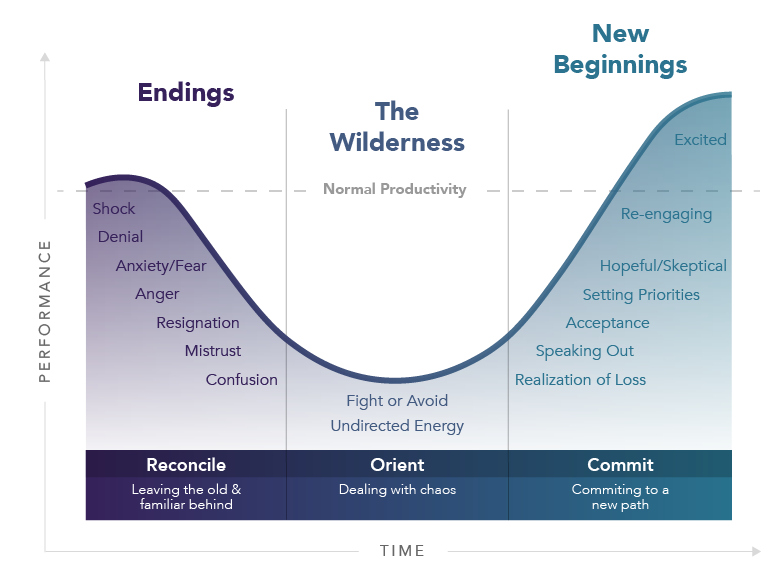Riding the Waves of Change
If there’s one thing we know about change, it’s that change is constant. There is no denying that 2020’s winds of change feel more like windstorms and hurricanes. You may find yourself overwhelmed with a rollercoaster of emotional responses, not knowing how to move forward. But what we also know about change is that it’s necessary—for growth, learning, improvement, and progress. We must be willing to change to stay relevant.
This doesn’t alter the fact that change is hard, and the reason so many are resistant to change. We’ve all experienced the pain of adapting to a new way of doing things, learning a new habit, behavior, or skill. Most recently, what this might look like is learning to operate your business virtually, developing new procedures and protocols to ensure health and safety, and resetting expectations with your customers. We are shedding our skin of the old ways of doing things and entering the unknown.
Change can be even more challenging in an organization because the process is made up of several (depending on the size of your business) individual change processes within the greater whole. The experience of change can look quite different for each individual, allowing for many different emotional responses to the change—anger, fear, anxiety, frustration, and excitement. This requires an even larger scope of change management to successfully transition.
William Bridges’ Transition Model helps us look at change as a transition process across stages.
Stage 1: Ending, Losing, and Letting Go
Stage 2: Neutral Zone (The Wilderness)
Stage 3: New Beginnings

Keeping this in mind, we can better assess where we are as individuals, organizations, and businesses and take action to move through the process. While we navigate these stages, it’s important to remember that this process is not linear. Individuals may cycle through phases and that’s okay; the key is acknowledging where we are so we can better respond.
In an organizational setting, leaving changes unmanaged can result in significant impacts to mindsets, culture, productivity, and employee satisfaction. This is the fabric that makes up the customer experience at any company.
At futureAlign, we ensure that the employee experience is built on a holistic change management strategy that creates a heart-centered, positive culture to achieve results-driven business goals.
I urge you, that while 2020’s rapid changes are upon all of us—if we lean in and do the hard work to learn, adapt, and grow—it will be worth it. We will relish in the opportunities of new beginnings!
++++++++++
Stay tuned for tips on how to manage and accelerate the change process. The work we do every day at futureAlign is to ensure organizations like yours are better equipped to navigate uncertainties, whether they are elected changes to improve organizational performance or you’ve found yourself carried away by the gusting winds of change.




